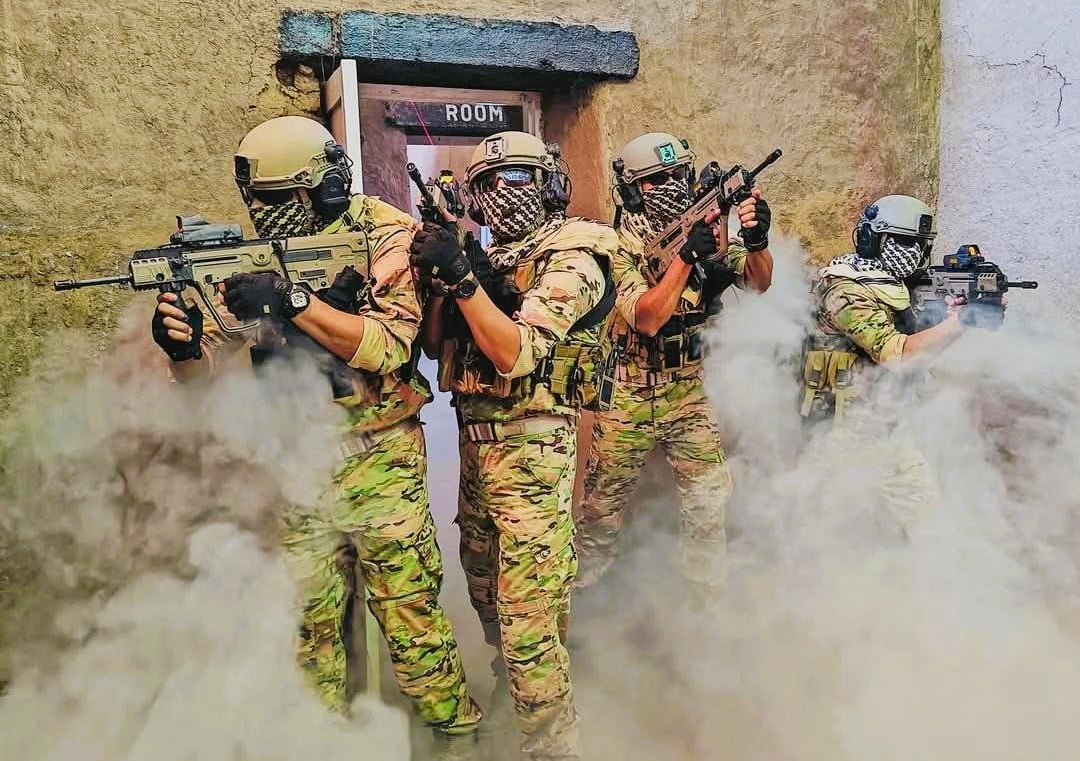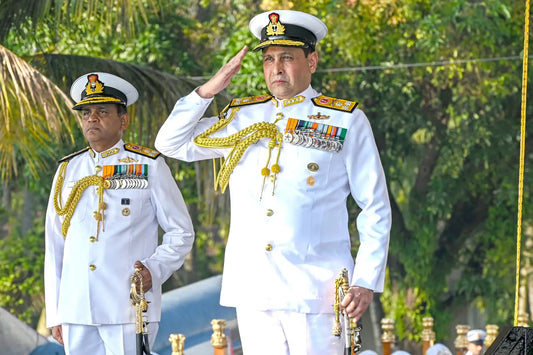MARCOS Commando Compensation and Benefits: An In-Depth Analysis

The Marine Commandos (MARCOS) of the Indian Navy are recognized for their elite status and exceptional military capabilities, underscored by rigorous training and specialized missions. Their compensation is structured to reflect the demanding nature of their roles, combining base pay, allowances, and various benefits to attract and retain highly skilled personnel.
MARCOS Commandos are India’s strategic response to modern military challenges, excelling in amphibious warfare, counter-terrorism, and unconventional operations. Their elite standing is supported not only by intense training and missions but also by a comprehensive salary package that acknowledges their challenging duties. By examining their salary structure, we gain insight into how these commandos are financially recognized for their contributions to national security.
Established in 1987, MARCOS was conceived to address the need for a specialized naval unit capable of executing high-speed operations across diverse terrains, including water, land, and air. Drawing inspiration from elite forces worldwide, MARCOS set a new standard for military excellence in India. The transition from traditional naval operations to specialized warfare required not only well-trained operatives but also a robust system for personnel management and compensation.
The financial remuneration for MARCOS personnel is shaped by the 7th Central Pay Commission, which sought to standardize salaries across defense services while accommodating the unique demands of specialized units like MARCOS.
The salary structure for a MARCOS Commando includes several components that highlight the financial framework supporting their austere lifestyle. These components are as follows:
| Component | Amount (INR/month) | Details |
|---|---|---|
| Basic Pay | Rs. 25,000 to Rs. 27,000 | The base salary comparable to other Indian Navy personnel of similar rank. |
| MARCOS Allowance | Rs. 26,000 | This signifies the demanding nature of their duties, recognizing the specific challenges faced by commandos. |
| Ship Driver Allowance | Rs. 8,600 to Rs. 10,000 | This allowance is contingent upon the role played as divers or drivers within the unit. |
| Deployment Area Allowance | Varies by region: | Additional compensation based on geographical deployment: |
| - Hard Areas | 40% of Basic Pay | Designed for challenging terrains. |
| - Highly Active Field Area | Rs. 16,800 to Rs. 16,900 | For those operating in high-risk zones. |
| - Field Area Allowance | Rs. 10,500 to Rs. 10,700 | For personnel in moderately demanding operational environments. |
| - Peace Area Allowance | Rs. 35,000 to Rs. 35,600 | Provides compensation for less hazardous regions, highlighting the worth of all operational roles. |
| Special Forces Allowance | Rs. 25,000 to Rs. 30,000 | Reflects the specialized nature of their role within the armed forces. |
| Other Allowances | Diving, Parachute Allowances etc. | These allowances are attributed to specific qualifications and roles within the unit. |
While the basic salary for MARCOS personnel ranges from Rs. 25,000 to Rs. 27,000, the complete package, including allowances, significantly enhances their financial prospects.
Overall, a mid-level MARCOS Commando can expect total monthly earnings between Rs. 80,000 to Rs. 1.2 lakh, depending on factors such as rank, experience, and deployment location. Senior officers engaged in critical roles within high-risk environments can command even higher salaries.
Beyond monetary compensation, MARCOS Commandos benefit from extensive support aimed at enhancing their welfare and facilitating their transition post-service. Key benefits include comprehensive medical care and insurance coverage, subsidized housing, access to canteen and mess facilities, pension benefits upon retirement, and special risk and hardship allowances for those deployed in challenging conditions.
According to reports from the Ministry of Defence, allowances for MARCOS personnel are structured to incentivize and retain skilled operatives in a competitive landscape. Adjustments made by the 7th Central Pay Commission specifically address the demanding nature of service in elite commando units, enhancing financial security for these personnel.
In comparison to their counterparts in other defense branches, MARCOS Commandos receive significant allowances related to their specialized roles in aquatic and amphibious operations. Internationally, they are relatively well-compensated compared to similar elite forces like the US Navy SEALs or British SAS, who also undergo extensive selection processes and face operational risks.
Despite attractive salaries and benefits, MARCOS Commandos confront unique challenges that compensation alone may not fully address. High operational stress, retention issues, and disruptive geographical deployments are notable hurdles. Solutions such as wellness programs, family integration initiatives, and career development pathways could mitigate these issues and improve retention rates.
Looking to the future, increased technological integration, a focus on mental health, and a greater emphasis on internal security may shape the evolution of MARCOS Commandos. Training in advanced military technology and cyber warfare will be crucial, as will support structures that address mental health, enhancing the commandos' effectiveness and morale.
The salary structure of MARCOS Commandos underscores their elite status and the sacrifices they make for national security. With a mix of base pay and comprehensive allowances, these commandos receive compensation reflecting their skills and commitment. Adapting to future demands and addressing unique challenges will be vital to maintaining their operational effectiveness and morale, ensuring that the recognition of specialized forces like MARCOS extends beyond numbers to honor their dedication and sacrifices.



















